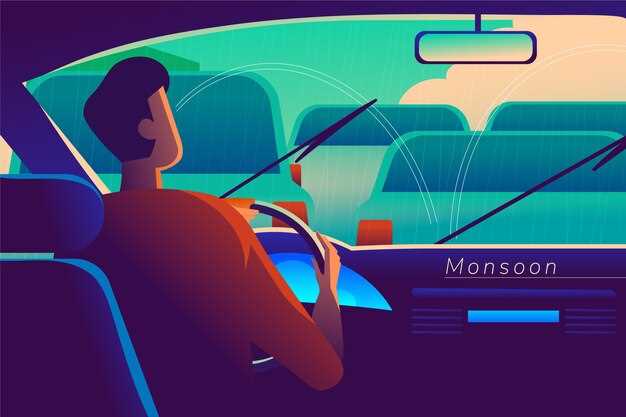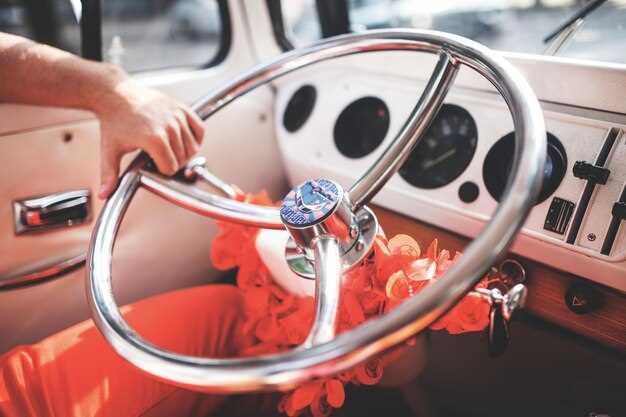
As modern technology continues to evolve, it has become increasingly common to see digital gauges making their way into various aspects of aviation and automotive design. Retro-style cockpits, with their classic aesthetics and nostalgic charm, present a unique challenge and opportunity for enthusiasts and engineers alike. The integration of digital gauges into these vintage settings can enhance functionality while preserving the visual appeal that defines the era.
The primary advantage of digital gauges lies in their accuracy and versatility. While traditional analog instruments rely on mechanical components, digital displays provide real-time data with unparalleled precision. This transition not only improves performance monitoring but also allows for customization, enabling pilots and drivers to display vital information in a manner that suits their specific needs. However, the challenge lies in seamlessly blending these advanced technologies with retro designs.
Incorporating digital gauges into retro-style cockpits requires careful consideration of aesthetics, functionality, and user experience. Achieving a harmonious balance involves selecting displays that not only align with the vintage aesthetic but also offer intuitive navigation and accessibility. Through thoughtful design choices, it is possible to bridge the gap between past and present, creating a cockpit that is both visually stunning and technologically advanced.
Choosing the Right Digital Gauge for Vintage Designs

When integrating digital gauges into retro-style cockpits, it is essential to select options that complement the vintage aesthetic while providing modern functionality. Begin by considering the design and style of the existing dashboard. Look for digital gauges that mimic the appearance of classic analog instruments, such as round dials or linear displays, ensuring they fit seamlessly within the overall cockpit theme.
Pay attention to color schemes and illumination. Warm hues like amber or classic green can replicate the glow of old-school instruments. Additionally, select gauges with adjustable brightness to maintain visibility without compromising the vintage look, especially in low-light conditions.
Material choice is another crucial factor. Gauge housings crafted from brushed aluminum or polished chrome can enhance the retro feel. Avoid plastic materials that may clash with traditional elements. Ensure that the chosen digital gauges possess durable construction to withstand the rigors of driving, preserving both functionality and aesthetics.
Consider the technology within the gauges. Opt for models that offer a balance between modern features and simplicity. Functions such as GPS tracking, fuel efficiency monitoring, and customizable displays enhance usability without oversimplifying the vintage allure. Ideally, the gauges should remain intuitive and straightforward, mirroring the user experience of classic dashboards.
Finally, ensure that digital gauges provide accurate readings and reliable performance. Investigate user reviews and specifications to confirm that the units maintain precision, as functionality should never be compromised in pursuit of visual appeal. Choosing the right digital gauge is a meticulous process that harmonizes modern technology with timeless design, ultimately elevating the retro cockpit experience.
Adapting Wiring and Power Sources for Digital Displays
Integrating digital gauges into retro-style cockpits requires careful consideration of wiring and power supply systems to ensure optimal performance and reliability. Transitioning from traditional analog gauges to digital displays involves more than just aesthetic changes; it necessitates a comprehensive understanding of electrical principles and modifications.
First, assess the existing wiring harness to determine its compatibility with digital displays. Traditional gauges often operate on 12V systems, which aligns with most digital gauges. However, verify that the wiring can handle the power requirements of the new displays without degradation. This may involve upgrading wires to thicker gauges to accommodate higher current loads or implement better shielding to minimize signal interference.
Next, consider the connectors used in your setup. Digital displays typically utilize specific connectors that may differ from those found in vintage setups. Adapting these connectors may require soldering custom leads or using aftermarket wiring harness adapters that maintain the integrity of the original cockpit while providing the necessary connections for the digital displays.
Power sources for digital gauges must be reliable and stable. While many digital gauges are designed for direct connection to battery power, incorporating a dedicated power supply circuit can enhance performance, especially in off-road or high-vibration environments. Utilize voltage regulators to ensure that the displays receive a consistent voltage, protecting sensitive electronic components from voltage spikes and fluctuations.
Grounding is another critical aspect when adapting wiring for digital displays. A solid grounding connection prevents flickering and erroneous readings. Ensure that all grounds are connected to a common point to minimize potential differences that could result in display malfunctions.
Finally, route wiring thoughtfully to maintain the aesthetic of the retro cockpit while avoiding excess bending or pressure on the wires, which can cause wear over time. Secure connections with heat-shrink tubing and cable ties to keep the workspace tidy and functional. Properly insulating connections will withstand environmental factors and extend the lifespan of the digital displays.
Balancing Aesthetics and Functionality in Dashboard Layouts

In the design of retro-style cockpits that integrate digital gauges, achieving a harmonious balance between aesthetics and functionality is crucial. The visual appeal of a dashboard can significantly enhance the overall user experience, but it must not compromise the usability and effectiveness of the gauges displayed.
Functional design entails ensuring that all essential information is easily accessible and readable at a glance. This can be challenging in retro-style cockpits, where the nostalgic elements often compete with modern digital features. To address this, designers should prioritize the most critical data, such as speed, fuel levels, and engine performance, by strategically placing these gauges in prominent positions. Using contrasting colors and clear typography can further enhance readability while adhering to a retro aesthetic.
Incorporating vintage elements, such as analog-style dials or classic textures, can evoke nostalgia while housing modern technology. This approach creates a seamless blend between old and new, ensuring that the gauges not only serve their purpose but also contribute to the overall visual narrative. For instance, a digital screen that mimics the look of a traditional gauge can provide critical data without sacrificing the cockpit’s classic feel.
Furthermore, lighting plays a significant role in achieving the desired balance. Ambient lighting can enhance the appearance of digital gauges while ensuring visibility in various lighting conditions. Retro layouts often utilized mechanical backlighting techniques, which can inspire modern implementations that pay homage to traditional designs while enhancing functionality.
Ultimately, the integration of digital gauges in retro-style cockpits requires a thoughtful approach that respects the aesthetic values while prioritizing user functionality. By carefully considering layout, typography, color contrasts, and lighting, designers can create dashboards that captivate users with their beauty while providing vital information at their fingertips.













